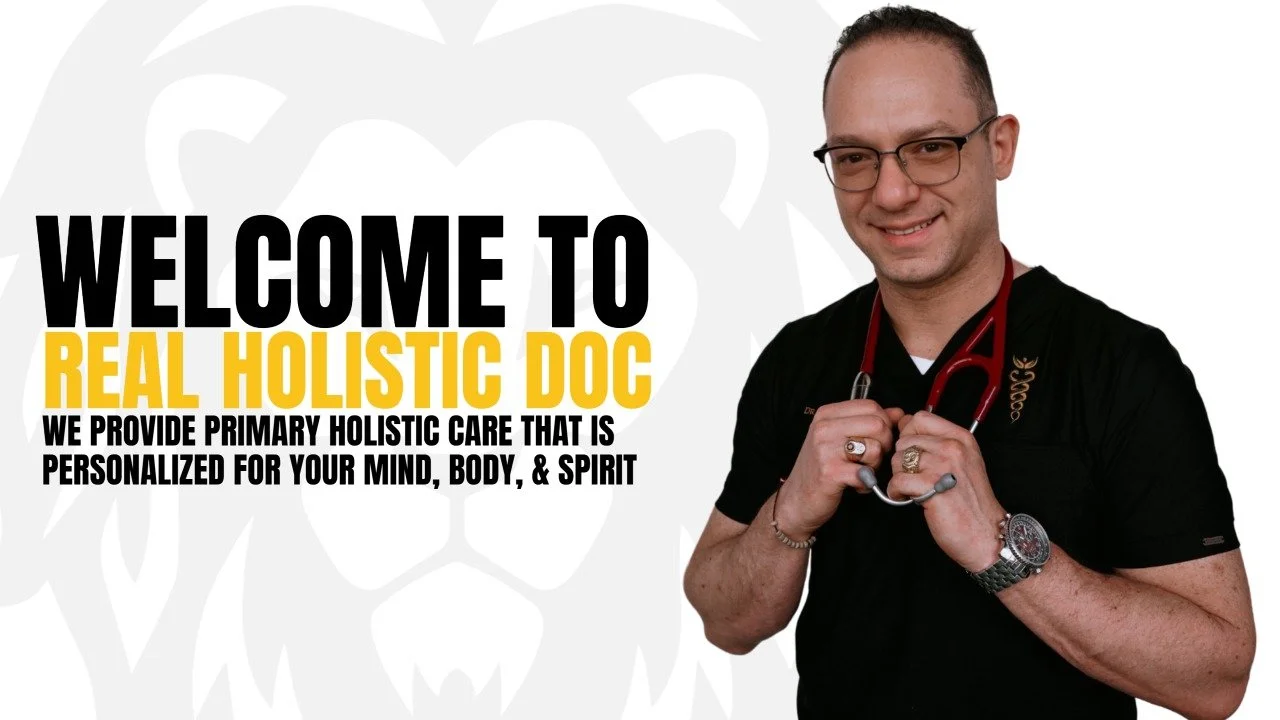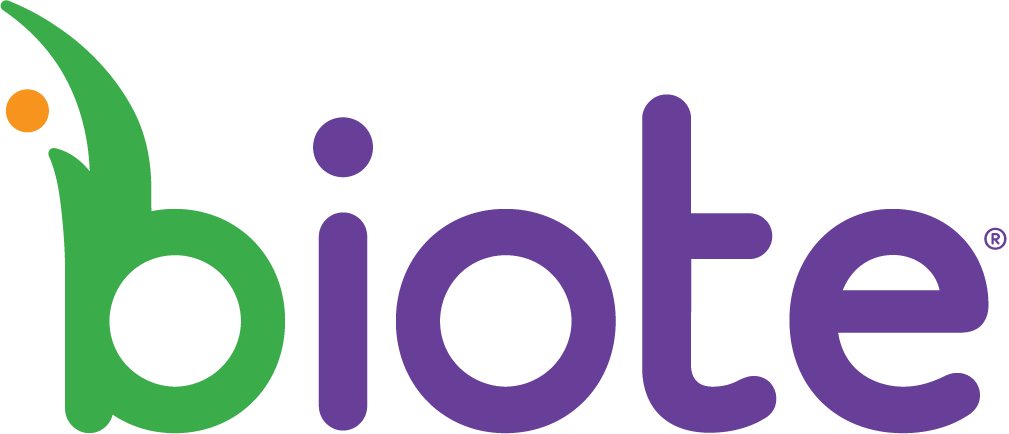Why choose us as your primary care provider?
At RHD, we offer more than just medical care – we provide a holistic approach to healing that encompasses the mind, body, and spirit. With experienced leadership, personalized care, and a commitment to innovation, our clinic stands as a beacon of hope and healing in the journey towards holistic wellness. Choose us for comprehensive, patient-centered care that empowers you to achieve optimal health and well-being. We can’t wait to help you embark on your holistic healthcare journey!
–Lendi & Sergey Shealy-Sorin
Take It from our Incredible Patients:
Experience the Real Holistic Doc difference with our core values:
-

HOLISTIC APPROACH
We embrace a comprehensive approach to healthcare, considering the interconnectedness of the body, mind, and spirit. This means addressing not only physical symptoms but also factors like emotional well-being, lifestyle, and environmental influences.
-

PATIENT-CENTERED CARE
We prioritize individualized patient care, tailoring treatment plans to the unique needs and preferences of each patient. This involves active listening, fostering a collaborative doctor-patient relationship, and involving patients in decision-making about their health.
-

PERSONALIZED NUTRITION
We emphasize the importance of nutrition as a key element of overall health. We work with patients to develop personalized nutrition plans that support their specific health goals and address underlying imbalances.
-

EMPOWERMENT & EDUCATION
We empower patients by providing them with the knowledge and tools to take an active role in their health. Education about lifestyle choices, self-care practices, and preventive measures is a fundamental part of our mission.
-

COLLABORATIVE CARE & TREATMENT
We collaborate with a network of local doctors: oncologists, OBGYNs, cardiologists, etc., as we recognize the importance of a multidisciplinary approach. This allows us to provide our patients with total comprehensive care.
-

HOLISTIC DIAGNOSTICS
Instead of solely relying on traditional medical tests, we often use a range of diagnostic tools that assess not only physical symptoms but also consider emotional, social, and environmental factors contributing to our patient's health.
Hopefully we can answer any questions you may have:
-
We center our health and healing approach on spiritual awareness, guidance, and power. Addressing the complete individual—mind, body, and spirit—distinguishes our holistic perspective. Unlike quick fixes with drugs, we focus on creating lasting change by positively impacting our patients' daily habits and lifestyle.
-
While they are often necessary for acute illnesses, their long-term complications necessitate a more comprehensive approach. Medications simply aren't a sustainable solution for chronic illnesses. We advocate for integrating spiritual awareness, guidance, and therapy.
-
Knowing when to opt for acute medicine versus holistic healthcare is key. Acute medicine examples could include car accidents, broken bones, or emergency surgery. While holistic medicine is appropriate for long-term chronic illnesses, autoimmune diseases, and chronic pain.
-
Yes, we offer telemedicine appointments, and are so glad modern-day technology allows us to see patients ALL OVER THE WORLD!
-
Fortunately, yet also unfortunately, the list will likely never run out. The answer is nearly every diagnosed, and undiagnosed condition. We've seen a lot of medical mysteries in the office. See the list below for the most common conditions we treat.
-
Functional Medicine presents a distinct approach to patient care that diverges from conventional medical practices. Unlike traditional medicine, which often operates within the constraints set by insurance companies dictating treatment protocols and time limits, our Functional Medicine providers offer a more personalized and comprehensive approach to healthcare.
Unfortunately, insurance coverage typically does not extend to Functional Medicine services, alternative therapies, or various wellness services that many of our patients require. However, we prioritize delivering top-quality care while also considering affordability.
-
This is our short list! However, if you have a specific condition not listed, chances are we STILL have solutions for you.
Thyroid Dysfunction (Hashimoto’s Thyroiditis, Hyper & Hypo)
High Blood Pressure (we get folks OFF blood pressure meds)
Stress, Anxiety & Depression (We get folks off these meds too!)
Addiction (especially to pain meds)
Diabetes
ALL Autoimmune Diseases
Arthritis, RA
Lupus, SLE
Multiple Sclerosis, MS
Inflammatory Bowel Disease (IBD, IBD, Crohn’s Disease, Gastritis, Acid Reflux)
ALL Digestive Dysfunction
Celiac Disease
Anemia
Cancer
Contact Us
Interested in working together? Fill out some info and we will be in touch shortly. We can’t wait to hear from you!






